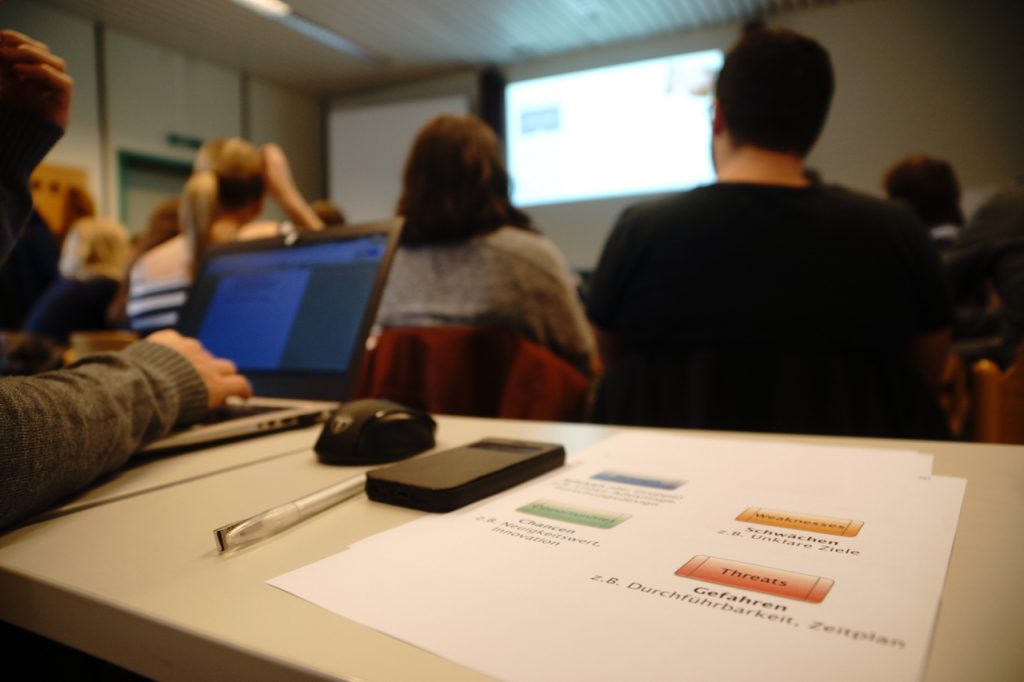On April 24th 2018 we were presenting our newest work about online peer review in teaching and learning at 17th International Conference on Information Technology Based Higher Education and Training (IEEE ITHET).
An Analysis of Peer Feedback Levels and their Implementation
In an inquiry-based learning scenario where students write a scientific paper in an interuniversity learning group, they also assess and feedback each others’ work through a Peer Review process. The paper aims to explore the relation between the received peer feedback and the final performance of students’ papers. In a qualitative study, the submitted work of 39 students in 13 groups were compared with their final version after the Peer Review to see how students consider reviews. Founding 337 comments in 78 reviews, an average of 41% of feedback was incorporated in final papers. Results show that the Peer Review process increased the papers’ overall performances by 13,2%, ranging from zero to 25%. Groups with relatively high feedback incorporation rates of 60% or more were more likely to improve and score above average in their final evaluation. The level of improvement is not only dependent on how and to what extent the peers’ comments and suggestions are implemented. As other research showed before, we’ve seen that it is as helpful for the students to analyze their peer’s papers in order to improve their own. Moreover, group dynamics and clear schedules are other important factors for the students to effectively improve their papers and learn from each other.
